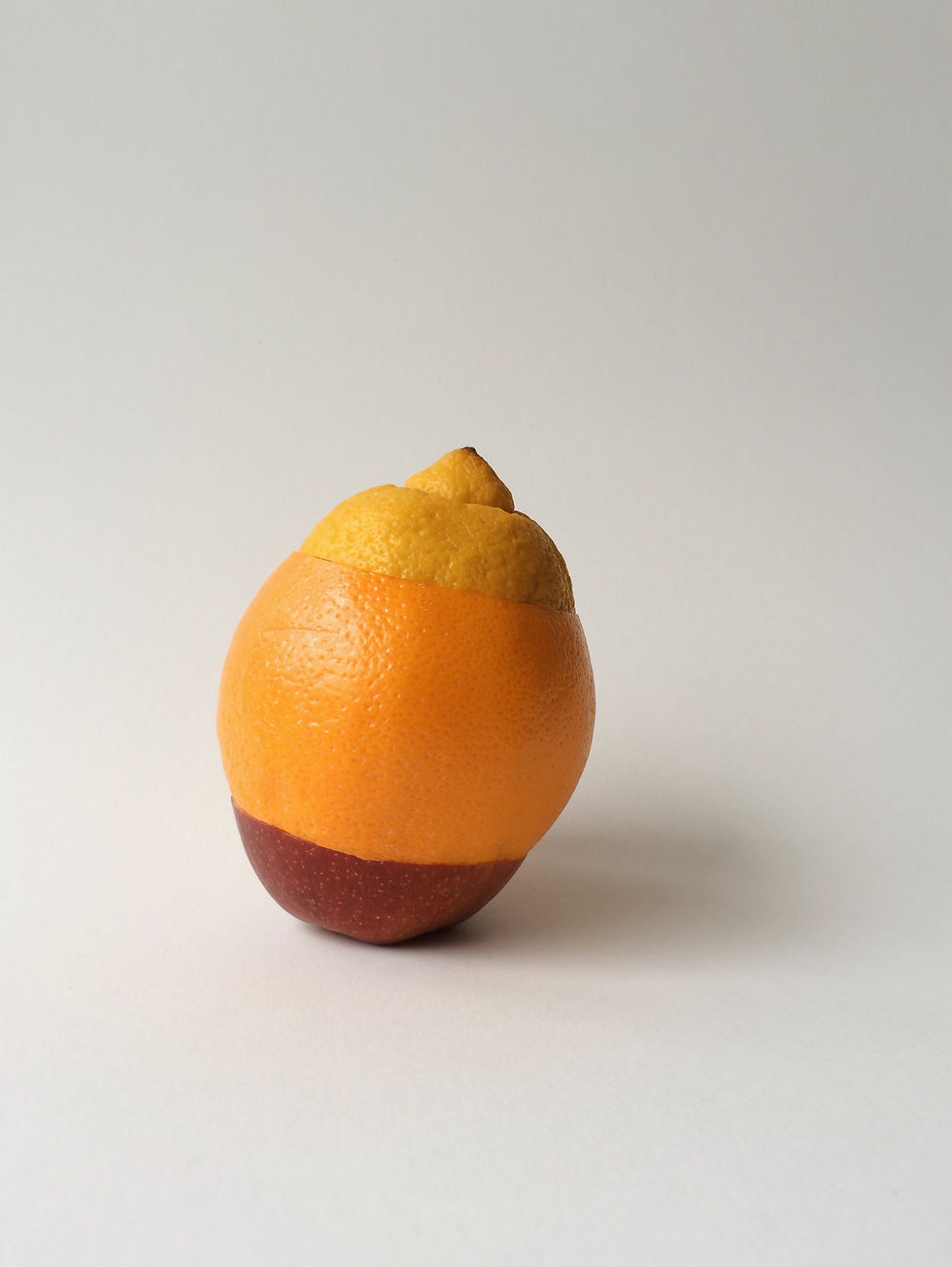BioNutrition - 2nd Degree of Generative Living
- Katherine Forbes
- Jun 3
- 3 min read
Updated: Jul 14
Bio-Nutrition – Feeding the Intelligence Within (with a Neurodiverse Lens)
If detoxification clears the path, bio-nutrition is about laying down the bricks for a new foundation—one meal, one sip, one choice at a time. This is where food becomes code. Every colour, texture, mineral, and microbe you introduce to your body becomes a message to your cells and a signal to your genes.
In Generative Living, we don’t just eat—we activate life.
But when you're a mother feeding a neurodiverse child, bio-nutrition becomes even more important—and often more challenging. Many of our children are sensitive to textures, colours, smells, or experience food fatigue, limiting the diversity they can tolerate. Yet this is exactly where the greatest healing potential lies.
Eat the Rainbow – Food Is Frequency
Bio-nutrition is deeply connected to the colour spectrum. Each hue holds its own light frequency and healing compounds. Aim for at least 4 cups of vegetables per day, making sure to include as many colours as possible.
Why?
Because:
Colour = phytochemicals = immune signals.
These messages switch on genes, protect against oxidative stress, and feed your microbiome.
The more diverse your vegetable intake, the more resilient and intelligent your internal systems become.
Hack for Mamas: For sensitive eaters, blend rainbow vegetables into soups, smoothies, pestos, or hidden within sauces. Let them play with raw veggie sticks and dips to explore texture on their terms.
Cut the Starch, Keep the Diversity
If you're exploring keto or low-carb approaches for behavioural, metabolic, or anti-inflammatory reasons, reducing starchy veg may be supportive. However, never sacrifice diversity—especially for neurodiverse kids, who need a rich microbial terrain to support emotional regulation, focus, sleep, and digestion.
Hack: Choose low-starch, brightly coloured vegetables like courgette, spinach, rocket, and red peppers. Create a “veggie of the week” rotation game and let your child be the explorer.
Fermented Foods & Histamine Sensitivity in Neurodivergent Children
While fermented foods are often promoted for gut healing, they are not safe for all—particularly children with MCAS (Mast Cell Activation Syndrome), histamine intolerance, or neurodivergent children who exhibit symptoms like:
Rashes, eczema, asthma
Tics, aggression, meltdowns
Bloating, constipation, or loose stools
Migraines or sensory overload
In these cases, it’s essential to strictly avoid:
Sauerkraut, kimchi, kombucha
Aged cheeses and meats
Yogurt, kefir, vinegar
Leftovers older than 24 hours
These foods can overstimulate mast cells, release histamine, and worsen behavioural or neurological symptoms.
Hack for Parents: Keep a 3-day food-mood journal. If histamine-rich foods trigger flares, focus instead on fresh, simply prepared meals and natural antihistamine-rich foods like quercetin, wild blueberries, and fresh herbs (e.g., coriander, thyme). Short grain brown rice is the best way to calm the histamine fire. Three days and they will be back to their magnificent normal.
Hydration as Cellular Intelligence
Water is the carrier of communication within the body—but most kids (and adults) are drinking mineral-depleted water that doesn’t actually hydrate.
Neurodiverse children often have electrical and sensory imbalances—hydration helps stabilize the nervous system, improve elimination, and reduce irritability.
Hydration Hack: Add a pinch of unrefined salt (Himalayan or Celtic) or humic acid to a water bottle for sips throughout the day. If they're resistant, try infusing water with cucumber or berries for natural appeal.
Pro Tip: Children on the spectrum may be dehydrated without knowing it. Set regular hydration times with fun straws, small cups, or a hydration tracking game. Humic Acid makes a really trippy adventure with black goo.
Bio-Nutrition is not a Diet—it’s a Dialogue
For mothers raising neurodiverse children, food becomes a form of non-verbal communication. Each meal is a message—one that can soothe or overstimulate, nourish or inflame.
Are you feeding inflammation or calming it?
Are you supporting microbial growth or imbalance?
Are you fuelling the brain with clarity or confusion?
Generative Living Bio-Nutrition invites you to shift the question from “Is my child eating enough?” to:
“Is this feeding their nervous system what it needs to thrive?”
Final Words for the Brave Mothers
You are not failing if your child won’t eat spinach today. You are not behind if you’re navigating meltdowns, food phobias, or allergies. You’re leading a complex, sacred mission.
Each time you swap a processed snack for a whole food, offer mineral-rich water, or sit down for a colourful meal—you’re changing their future one cell at a time.
Keep going, mama. You’re building brilliance.




Comments